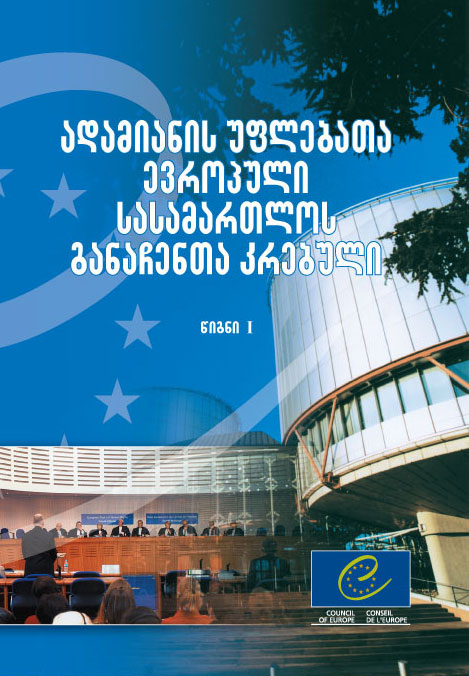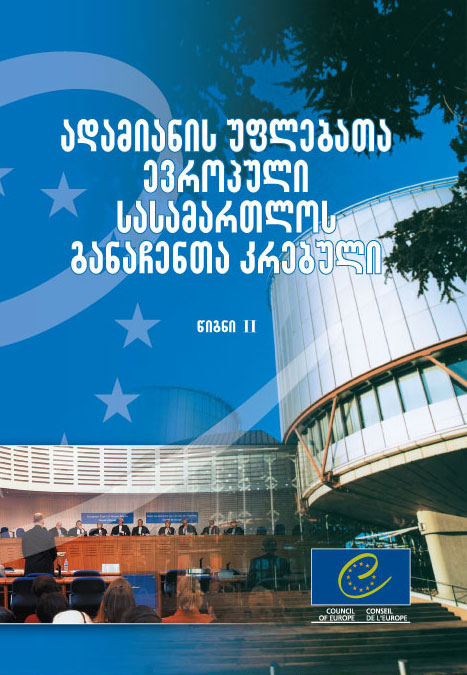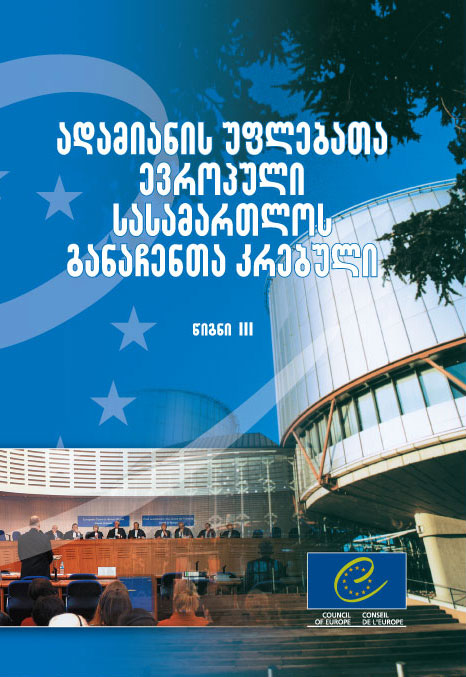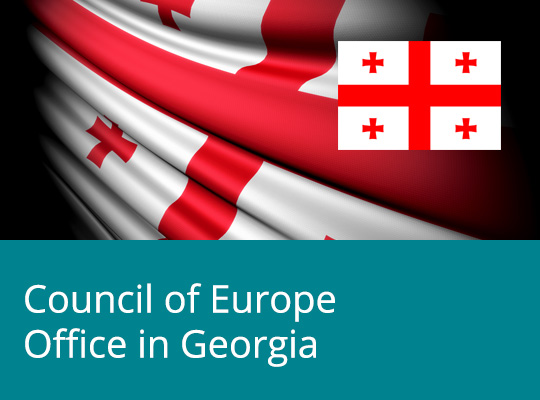The European Court of Human Rights

Since 1998 it has sat as a full-time court and individuals can apply to it directly.
In almost fifty years the Court has delivered more than 10,000 judgments. These are binding on the countries concerned and have led governments to alter their legislation and administrative practice in a wide range of areas. The Court's case-law makes the Convention a powerful living instrument for meeting new challenges and consolidating the rule of law and democracy in Europe.
The Court is based in Strasbourg, in the Human Rights Building designed by the British architect Lord Richard Rogers in 1994 – a building whose image is known worldwide. From here, the Court monitors respect for the human rights of 700 million Europeans in the 46 Council of Europe member States that have ratified the Convention.
How the Court works
Registry
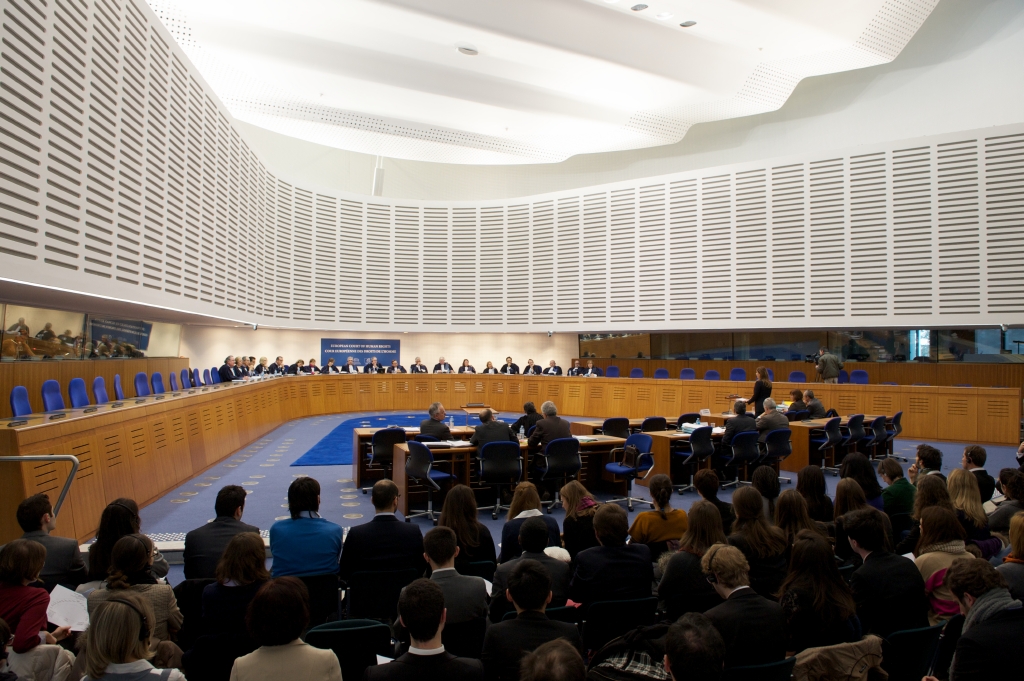
The task of the Registry is to provide legal and administrative support to the Court in the exercise of its judicial functions. It is therefore composed of lawyers, administrative and technical staff and translators. There are currently some 640 staff members of the Registry, 270 lawyers and 370 other support staff (see the Organisation Chart below). Registry staff members are staff members of the Council of Europe, the Court's parent organisation, and are subject to the Council of Europe's Staff Regulations. Approximately half the Registry staff are employed on contracts of unlimited duration and may be expected to pursue a career in the Registry or in other parts of the Council of Europe. They are recruited on the basis of open competitions. All members of the Registry are required to adhere to strict conditions as to their independence and impartiality.The head of the Registry (under the authority of the President of the Court) is the Registrar, who is elected by the Plenary Court (Article 25 (e) of the Convention). He/She is assisted by one or more Deputy Registrars, likewise elected by the Plenary Court. Each of the Court's five judicial Sections is assisted by a Section Registrar and a Deputy Section Registrar.
The principal function of the Registry is to process and prepare for adjudication applications lodged by individuals with the Court. The Registry's lawyers are divided into 31 case-processing divisions, each of which is assisted by an administrative team. The lawyers prepare files and analytical notes for the Judges. They also correspond with the parties on procedural matters. They do not themselves decide cases. Cases are assigned to the different divisions on the basis of knowledge of the language and legal system concerned. The documents prepared by the Registry for the Court are all drafted in one of its two official languages (English and French).
In addition to its case-processing divisions, the Registry has divisions dealing with the following sectors of activity: information technology; case-law information and publications; research and the library; just satisfaction; press and public relations; language department and internal administration. It also has a central office, which handles mail, files and archives.
Georgia and the European Court of Human Rights
- Judge to the European Court of Human Rights: Lado Chanturia
- Applications allocated to a decision body(*) in 2021: 120
- Judgments in 2021: 13 of which 12 violations and 1 non-violation
(*) Do not include applications which are at the pre-judicial stage (incomplete case file)
The European Court of Human Rights - Publications
5 May 1949
Creation of the Council of Europe
4 November 1950
Adoption of the Convention
3 September 1953
Entry into force of the Convention
21 January 1959
First members of the Court elected by the Consultative Assembly of the Council of Europe
23-28 February 1959
The Court's first session
18 September 1959
The Court adopts its Rules of Court
14 November 1960
The Court delivers its first judgment: Lawless v. Ireland
1 November 1998
Entry into force of Protocol No. 11 to the Convention, instituting "the new Court"
18 September 2008
The Court delivers its 10,000th judgment
1 June 2010
Entry into force of the Protocol No. 14, whose aim is to guarantee the long-term efficiency of the Court




